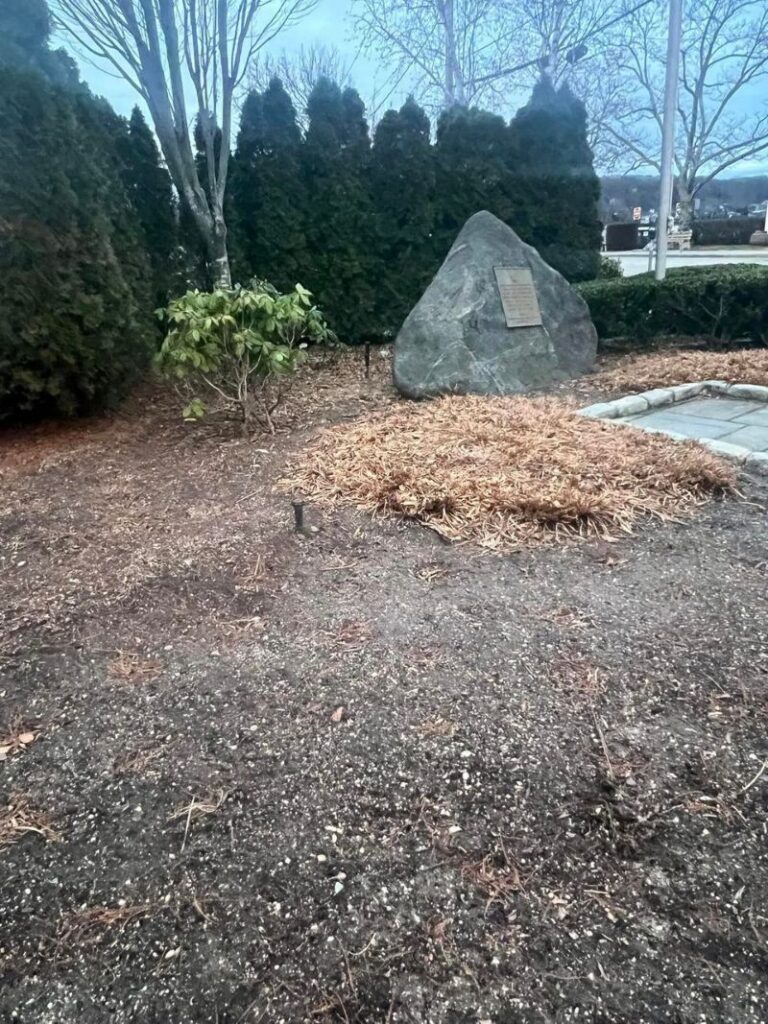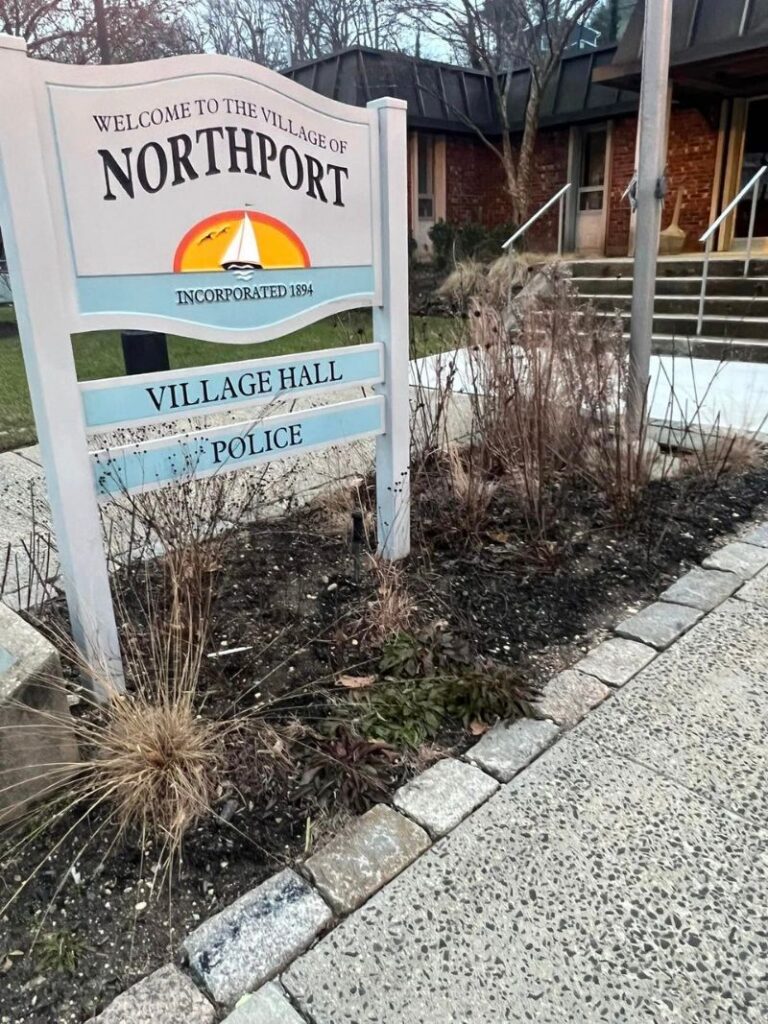As the fall approaches, lovely leaves are starting to flutter to the ground. Unfortunately for many homeowners (and their landscapers!,) this means getting out leaf blowers and scouring their properties clean. As we have learned, this practice is extremely harmful to our precious birds, bees, butterflies, and other insects. We thought it would be helpful to provide you with some tips for continuing your ecologically-responsible gardening practices throughout the Fall and into the upcoming Winter season.
Leave your leaves:
Fallen leaves are an important part of a healthy ecosystem for many reasons:
- Overwintering in leaf litter provides protection and shelter for many insect species, including butterflies, moths, spiders, and beetles.
- Leaf litter provides a beneficial habitat for many small reptiles, including turtles, frogs, toads, and snakes.
- Leaf litter serves to insulate plant roots from the extreme temperature changes of winter
- As leaves break down, they release nutrients contributing to soil health.
- In the spring, leaves are food for newborn caterpillars. These caterpillars then in turn provide vital nutrition to baby birds.
Prune lightly, if at all:
Tread lightly with your garden shears, leaving seeds heads and stems untouched. We have found that once we have fallen in love with native plantings, we have come to love the beauty and interest of leaving our natives “wild” throughout the fall and winter months. But there is more to it than just aesthetics:
- Benefits of leaving seed heads untouched: As the song says, it’s important to “Feed the Birds!” The seeds of late-blooming natives like asters, coneflowers, goldenrods, and sunflowers provide hard-to-come-by meals for birds and other small animals during the winter months.
- Benefits of leaving stems intact: Hollow plant stems provide shelter for many insect species, particularly native bees (think mason, carpenter, and leafcutter), throughout the winter. Some butterfly species use the stems for hanging their chrysalids through the winter, while other insects lay their eggs on the stems. Interestingly, there are some species of bees (for example, mason bees) who spend a whole year growing in plant stems before emerging!

Bleak and barren.

Beautiful and beneficial.
Build a brush and/or rock pile:
- Think about piling up some small logs, bark and fallen branches into a loose pile in a corner of your yard. Some species of birds, along with a variety of insects, appreciate the safe hide-out.
- Another option is to build a small rock pile. Many beneficial insects, including bees and beetles, will be happy to find small spaces within the rocks to call home.
Keep your neighbors happy:
Responsible gardening also requires considering the requirements of human habitat. Most of us live on suburban properties where the prevailing aesthetic is not necessarily ecologically-friendly. In spite of that, it is in everyone’s best interest to get along with your neighbors. You can still create a welcoming habitat for our small creatures while maintaining a well-kept front lawn.
- Remove leaves from your grassy areas, driveway, and walkways. You can move the leaves onto your garden beds or into a compost pile. Please avoid using blowers as they are terrible for the environment and risk disrupting the safe households of many insects and some birds. You could leave a light layer of leaf mulch on your lawns as a way of nourishing your soil.
- In your front lawn wildflower gardens you could tie the stalks together to make them look neater and to signal to your neighbors that you are not neglecting your property.
- Place any brush or rock piles in the backyard so as to keep your front yard looking neat and manicured.